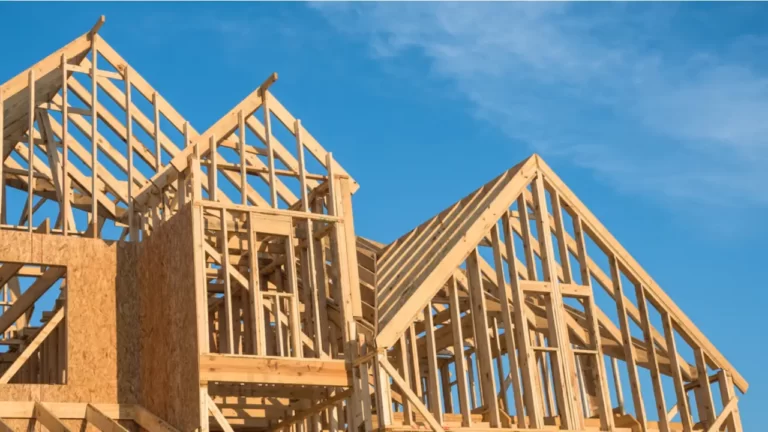Refinancing your home can be a smart financial move to help lower your mortgage payments, pay off your home faster, or access your home equity for other purposes. However, with various loan options and mortgage rates to choose from, finding the right refinance option can be overwhelming. That’s why it’s essential to understand your financial goals, eligibility criteria, and loan options to find the best smart refinance option for you.
In this article, we’ll discuss the different smart refinance options available, including loan terms, loan options, and refinancing goals, to help you make an informed decision.
If you’re looking to tap into the equity in your home, you may be wondering if you can get up to 90% of your home’s value through a cash-out refinance. The answer is that it depends on a few factors, including your loan-to-value ratio (LTV) and the refinancing options available to you.
A cash-out refinance allows you to refinance your current mortgage for a higher amount than you currently owe, and receive the difference in cash. This can be a useful way to access the equity in your home to pay off debt, make home improvements, or cover other expenses.
When it comes to the loan-to-value ratio or LTV, lenders typically look for a maximum of 80-85% LTV for a cash-out refinance. This means that you would need to have at least 10-15% equity in your home to be eligible for a cash-out refinance. However, there are some refinancing options that allow for a higher LTV.
One such option is the High LTV Refinance Program (HLRP), which was created by the Federal Housing Finance Agency (FHFA) to help homeowners who are underwater on their mortgage or have limited equity in their homes. The HLRP allows for a maximum LTV of 97.75% for Fannie Mae loans and 97.15% for Freddie Mac loans.
In addition to your LTV, there are other eligibility criteria that lenders will consider when you apply for a cash-out refinance. These include your credit score, debt-to-income ratio (DTI), and the value of your home. A higher credit score and lower DTI can help you qualify for a better interest rate and loan terms.
It’s important to note that a cash-out refinance will typically have closing costs associated with it, just like any other mortgage. These costs can include appraisal fees, title insurance, and other expenses. However, some lenders may offer no-closing-cost refinance options, which can be worth considering if you’re trying to minimize your upfront expenses.
When considering whether a cash-out refinance is the right option for you, it’s important to take into account the potential long-term costs and benefits. For example, if you’re using the funds to make home improvements that will increase the value of your home, the appreciation in your home’s value could offset the costs of the refinance in the long run. Additionally, if you’re using the funds to pay off high-interest debt, the lower interest rate of your mortgage could save you money in the long term.
Understanding Mortgage Rates
Mortgage rates fluctuate based on various economic factors and can have a significant impact on your monthly payments and interest payments. Currently, mortgage rates are low, making it an excellent time to consider refinancing. It’s essential to compare mortgage rates from different lenders and understand the different types of rates available.
Fixed-Rate Mortgage
A fixed-rate mortgage is a popular refinance option for those who want a predictable monthly payment. With a fixed-rate mortgage, your interest rate stays the same throughout your loan term, whether it’s 15, 20, or 30 years. This means that your monthly payment remains consistent, making it easier to budget and plan for the future.
Adjustable-Rate Mortgage (ARM)
An adjustable-rate mortgage (ARM) is a type of mortgage where the interest rate can fluctuate based on the market index. An ARM may start with a lower interest rate than a fixed-rate mortgage but can adjust over time. This option may be suitable for those who plan to move or refinance before the interest rate adjusts.
Understanding Loan Terms and Options
Loan terms and options can also impact your monthly payments and overall interest paid. Here are some of the most common loan terms and options:
Closing Costs
When you refinance, you may be required to pay closing costs, which typically include appraisal fees, title fees, and other charges. These costs can vary based on the lender and the loan amount. It’s essential to understand the closing costs associated with each loan option to make an informed decision.
Loan Options
There are several loan options available for refinancing, including:
Cash-Out Refinance
A cash-out refinance allows you to access your home equity by borrowing more than what you owe on your mortgage. This option can be useful for home improvements, debt consolidation, or other expenses. However, it’s essential to consider the impact of increasing your loan amount and overall debt.
Home Equity Loan
A home equity loan is a type of loan where you borrow against your home’s equity. This option may have a fixed interest rate and a set loan term. Home equity loans can be useful for large expenses such as home improvements, education expenses, or debt consolidation.
Debt Consolidation Loan
A debt consolidation loan allows you to combine multiple debts into one loan with a single payment. This option can simplify your finances and potentially lower your interest rates.
Understanding Eligibility Requirements
To qualify for a refinance, you’ll need to meet certain eligibility criteria, including:
Credit Score (Middle Credit Score)
Your middle credit score is a crucial factor in determining your eligibility for refinancing and the interest rate you’ll receive. It’s essential to check your credit score before applying for a refinance and take steps to improve it if necessary. Check your middle credit score at Middle Credit Score® prior to beginnning the process.
Debt-to-Income Ratio (DTI)
Your DTI is the ratio of your monthly debt payments to your monthly income. Lenders use this ratio to determine your ability to repay a loan. It’s essential to understand your DTI and take steps to lower it if necessary.
Overall, a cash-out refinance can be a useful tool for accessing the equity in your home, but it’s important to carefully consider your options and eligibility criteria before making a decision. With the right loan terms and refinancing options, you may be able to get up to 90% of your home’s value through a cash-out refinance.







